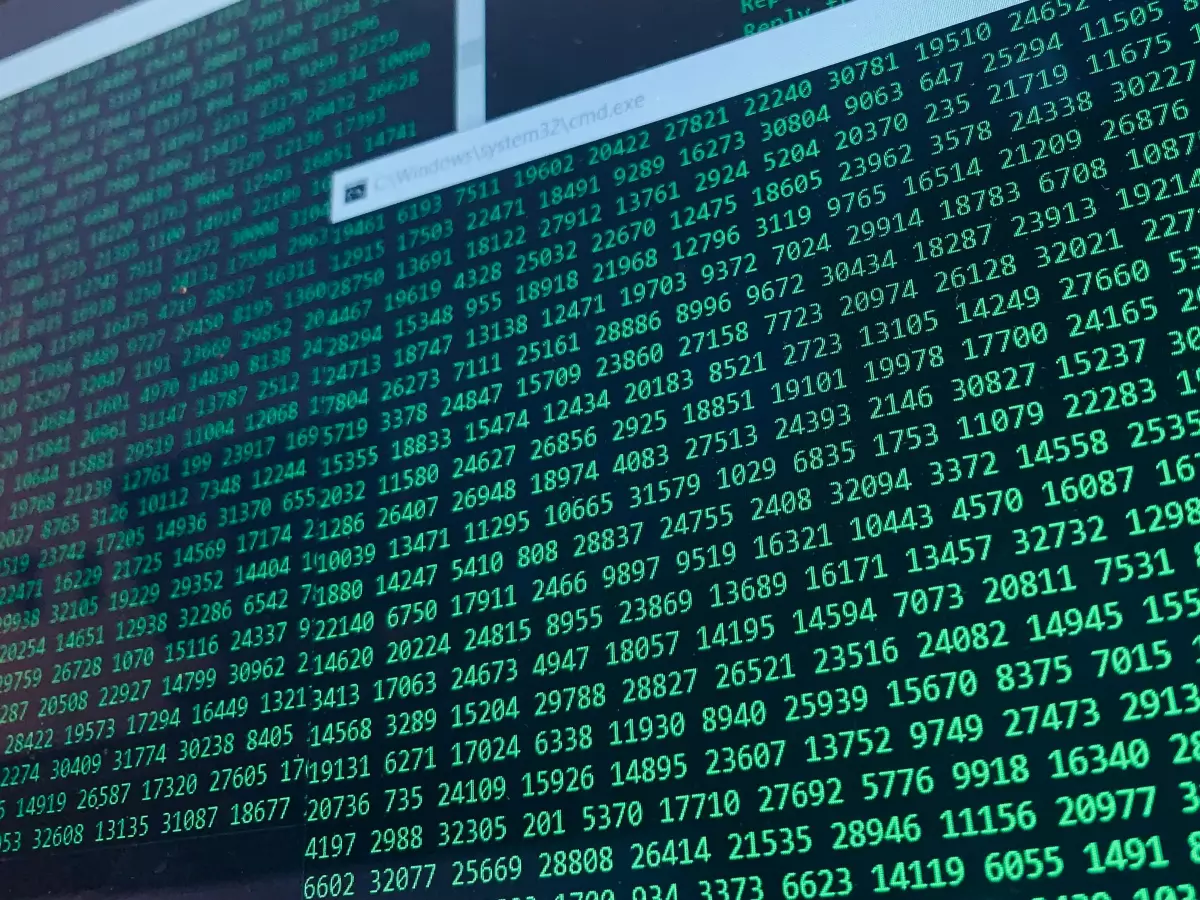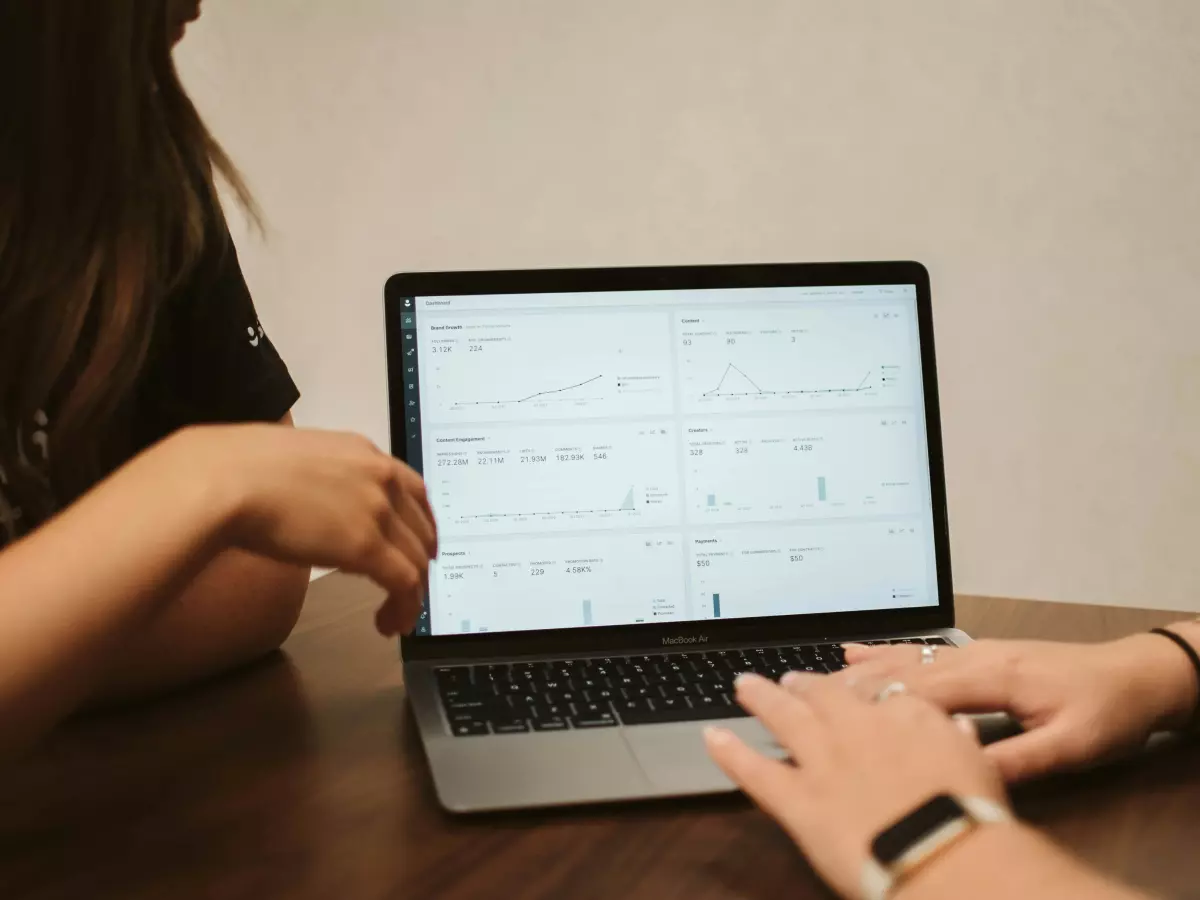Data Sampling
Think you need to analyze every single piece of data to get accurate insights? Think again. The myth that more data is always better is one of the biggest misconceptions in the world of big data analytics.

By Dylan Cooper
Picture this: You're at an all-you-can-eat buffet, and your goal is to try every single dish. But after a few plates, you're stuffed, overwhelmed, and can't even remember what you ate. Now, imagine if you could just sample a few key dishes and still get a pretty good idea of what the buffet has to offer. That's essentially what data sampling does for your big data analytics.
In the world of big data, it's easy to think that analyzing every single data point is the only way to get accurate insights. After all, more data equals more accuracy, right? Well, not exactly. In fact, analyzing every single piece of data can be not only inefficient but also unnecessary. Enter data sampling—the secret sauce that can make your big data analytics faster, more efficient, and still incredibly accurate.
What Exactly is Data Sampling?
Data sampling is the process of selecting a subset of data from a larger dataset to analyze. The idea is that by analyzing a representative sample, you can make inferences about the entire dataset without having to process every single data point. This is especially useful in big data environments where datasets can be massive, making it impractical to analyze everything.
There are different types of data sampling techniques, including random sampling, stratified sampling, and systematic sampling. Each has its own strengths and weaknesses, but the goal is the same: to reduce the amount of data you need to process while still maintaining accuracy.
Why Data Sampling is a Game-Changer for Big Data
Let’s be real: Big data is, well, big. We're talking terabytes, petabytes, and even exabytes of data. Processing all of that can be a nightmare, not to mention expensive. Data sampling helps you cut down on the amount of data you need to process, which can save you both time and money. But that's not the only reason why data sampling is a game-changer.
1. Speed and Efficiency
One of the biggest advantages of data sampling is that it speeds up your analytics. Instead of processing an entire dataset, you only need to process a small sample, which can significantly reduce the time it takes to get insights. This is especially important in real-time analytics, where speed is crucial.
2. Cost-Effective
Big data analytics can be expensive, especially when you're dealing with massive datasets. Data sampling allows you to reduce the amount of data you need to store and process, which can lower your storage and computing costs.
3. Accuracy
Wait, how can analyzing less data still give you accurate insights? The key is in the sampling technique. If done correctly, data sampling can provide a representative subset of the entire dataset, allowing you to make accurate inferences without having to analyze everything. In fact, in some cases, analyzing too much data can actually lead to overfitting, where your model becomes too tailored to the specific dataset and performs poorly on new data.
Types of Data Sampling Techniques
Not all data sampling techniques are created equal. Depending on your use case, you may want to use one technique over another. Here are some of the most common types of data sampling:
- Random Sampling: As the name suggests, random sampling involves selecting data points at random from the dataset. This is one of the simplest and most commonly used techniques, but it may not always be the most accurate if the dataset has a lot of variability.
- Stratified Sampling: In stratified sampling, the dataset is divided into different 'strata' or groups, and a random sample is taken from each group. This technique is useful when you want to ensure that each group is represented in the sample.
- Systematic Sampling: Systematic sampling involves selecting data points at regular intervals from the dataset. For example, you might select every 10th data point. This technique is simple and easy to implement but may not be as accurate as other methods if the data has patterns or cycles.
When Should You Use Data Sampling?
Data sampling isn't always the best solution, but there are certain situations where it can be incredibly useful. Here are a few scenarios where data sampling can be a game-changer:
- Real-Time Analytics: When you need insights fast, data sampling can help you get results in a fraction of the time it would take to process the entire dataset.
- Cost-Sensitive Projects: If you're working with limited resources, data sampling can help you reduce storage and processing costs without sacrificing accuracy.
- Exploratory Data Analysis: When you're just starting to explore a dataset, data sampling can help you get a quick overview without having to process everything.
Challenges and Limitations of Data Sampling
Of course, data sampling isn't without its challenges. One of the biggest risks is that your sample may not be representative of the entire dataset, which can lead to inaccurate insights. This is why it's important to choose the right sampling technique and ensure that your sample is as representative as possible.
Another challenge is that data sampling may not be suitable for all types of analyses. For example, if you're working with rare events or outliers, data sampling may not capture these accurately, leading to skewed results.
The Future of Data Sampling in Big Data
As big data continues to grow, the need for efficient data processing techniques like data sampling will only increase. In the future, we can expect to see more advanced sampling techniques that leverage machine learning and AI to automatically select the most representative samples. This could make data sampling even more accurate and efficient, further cementing its role as a key tool in the big data analytics toolbox.
So, the next time you're faced with a massive dataset, don't feel like you need to analyze every single data point. With the right data sampling technique, you can get the insights you need faster, cheaper, and without sacrificing accuracy. Who knew that less data could actually be more?





